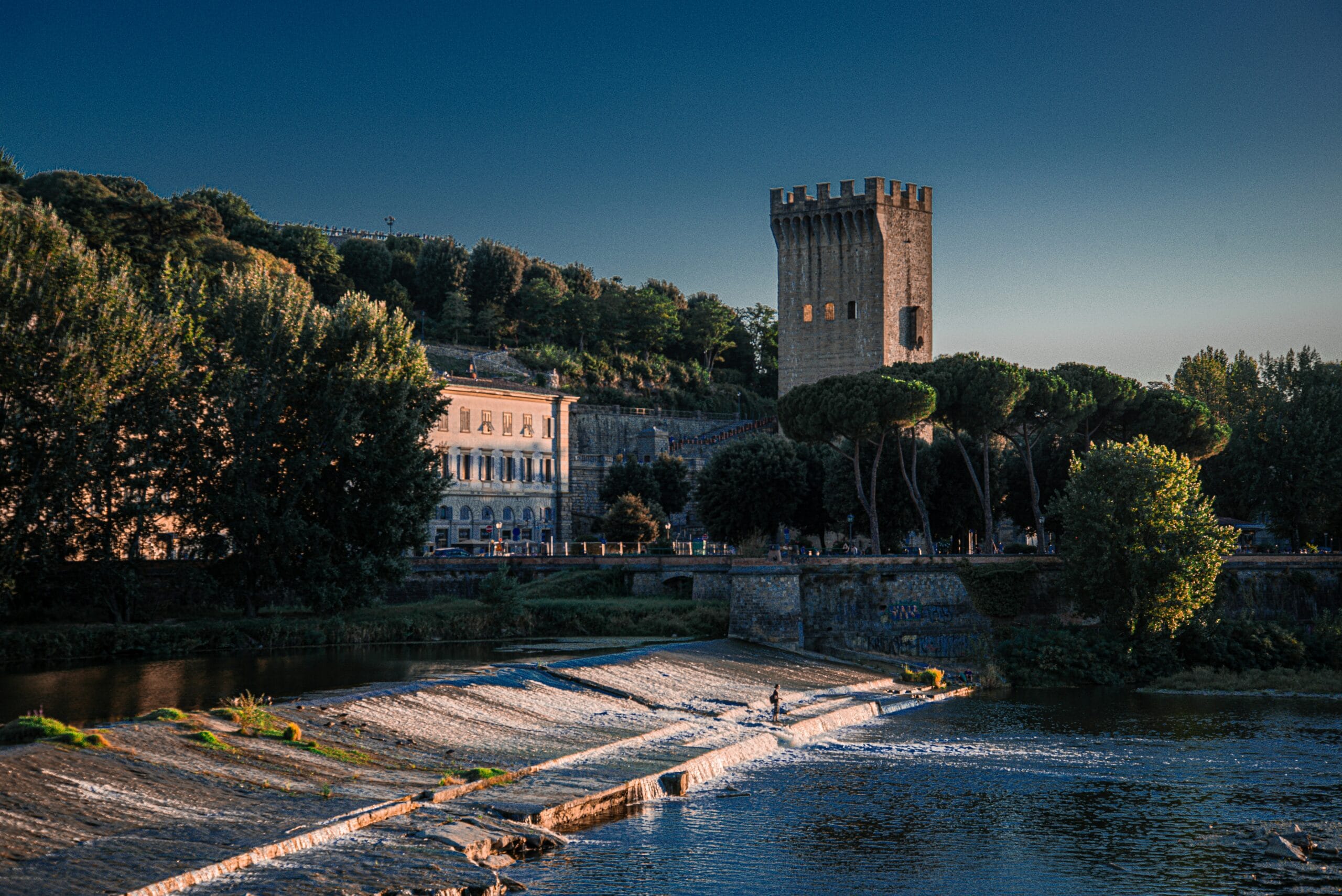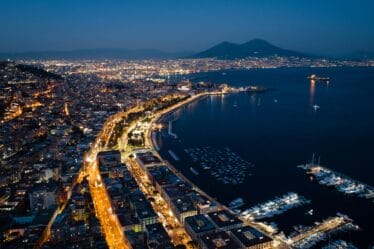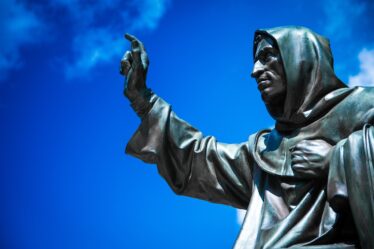

Lamb Fountain Hidden Florence: A Forgotten Symbol in the Heart of the City
At the crossroads of Via dei Lavatoi and Via dell’Isola delle Stinche, deep in the historical center of Florence, one can find a small and often overlooked stone fountain. Known today as the Lamb Fountain Hidden Florence, this understated monument holds symbolic meaning and local history that echo far beyond its modest size.
A Christian Symbol Carved in Stone
The most striking feature of the Lamb Fountain Hidden Florence is the carved head of a lamb, delicately emerging from the fountain’s pietra serena basin. This iconographic choice is likely a symbolic allusion to the Agnus Dei—the Lamb of God—a powerful Christian motif frequently represented in medieval and Renaissance Florentine religious art. Its presence in this urban setting blends sacred imagery with the memory of everyday life in pre-industrial Florence.
Learn more about the Agnus Dei symbolism here: Lamb of God in Christian Iconography
Echoes of the Old Public Washhouses
Although the current fountain is of relatively recent construction, it is designed to evoke the public washhouses (lavatoi) that once stood in this area until the 19th century. These stone basins were essential not just for household use, but also for Florence’s thriving textile industry, particularly the influential Arte della Lana (Wool Guild). In winter, when the Arno River ran muddy and unsuitable for washing, these lavatoi served as clean and practical alternatives.
The Lamb Fountain Hidden Florence thus becomes a symbolic bridge between Florence’s artistic spirituality and its pragmatic commercial history.
Discover more about Florence’s guilds: The Guilds of Florence
The Prison, the Theater, and Urban Transformation
In addition to serving residents and wool workers, the washhouses were also used by the nearby Stinche Prison, one of Florence’s major correctional institutions. However, in 1833, the prison was decommissioned, and by the following year, both it and the washhouses were demolished to make space for a new residential complex. That very building would later host the Teatro Pagliano, known today as the prestigious Teatro Verdi.
This transition marked a turning point for the area, blending layers of civic, penal, and artistic history. The Lamb Fountain Hidden Florence stands as a modest yet poignant reminder of this complex evolution.
Visit the theater that rose from these changes: Teatro Verdi Florence
Changing Faces: From Lion to Shell to Lamb
It is believed that the original fountain in this area featured a sculpted Marzocco, the lion symbol of the Florentine Republic, from whose mouth water flowed. During the 19th-century renovations, this lion figure was replaced with a shell, and eventually, the current sculpted lamb’s head was added—likely during the same period of iconographic transformation.
Such changes reflect not only shifts in artistic taste but also symbolic reinterpretation of public space across Florence’s turbulent history.
Destruction and Revival
Tragically, during World War II, the fountain was either badly damaged or completely destroyed. It was only in the mid-1950s, thanks to the efforts of the Florence Committee for City Aesthetics, that the Lamb Fountain Hidden Florence was rebuilt. The restored structure reflects both its original design and a deep appreciation for Florence’s urban heritage.
Today, this small yet meaningful fountain invites locals and visitors to pause and reflect on the layered stories of Florence—from wool workers to prisoners, from saints to artists.
Final Thoughts
Whether you’re tracing the legacy of the Agnus Dei or exploring lesser-known corners of Florence, the Lamb Fountain Hidden Florence offers a quiet but powerful window into the city’s rich and multidimensional history. As you stroll through the city, don’t miss this understated monument—a sacred whisper amidst the voices of the Renaissance.



